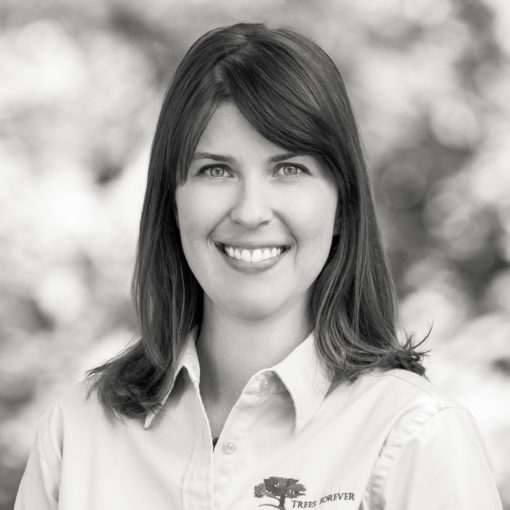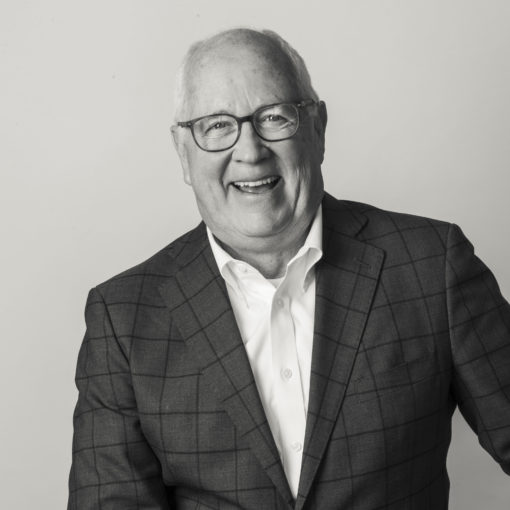
Rick Tollakson | President & CEO, Hubbell Realty Co.
The Idea: Create a Neighborhood Investment Fund, a private-public partnership, which would generate a $40 million overall investment to revitalize the downtown core’s adjacent neighborhoods.
The downtown core is thriving. Apartments, townhomes and condos are being built, and they are being leased and sold.
What’s next? Taking care of the neighborhoods adjacent to the downtown core. We must support the surrounding neighborhoods in order to strengthen the downtown core. How do we develop infill housing in these neighborhoods that responds to the market demand?
The issue is that currently the market value of new homes in most of the existing neighborhoods in Des Moines is less than the cost to build that home. I believe there is market demand for new homes with modern amenities to be built in these neighborhoods.
For a homebuyer to obtain a loan on a new home, the home must appraise at or above the builder’s sales price. Currently, due to market comparable sales, the homes sometimes will not appraise at that level. I believe that over time, as new homes are built in these neighborhoods, that will change. But in the meantime, how do we “Fill the Gap?”
I envision a Neighborhood Investment Fund (NIF), a private-public partnership, which would generate an estimated $4 million per year over the course of 10 years, equaling a $40 million overall investment. This investment should come from four (possibly more) sources: the state of Iowa, Polk County, the city of Des Moines and the business community; a true public-private partnership. Each of these entities could pledge an investment of $1 million per year for 10 years.
The investment is in neighborhood housing via a Shared Appreciation Agreement (SAA). The current gap between a new home in a new construction subdivision and a new home in an existing neighborhood is approximately $50,000, on average. If the new home sells for approximately $200,000 in a new subdivision I believe it would sell, and appraise for, approximately $150,000. The NIF would invest $50,000 in the new home so the buyer could purchase it. This investment would be through the SAA. When the home sells, normally in six to 10 years, the seller would split the appreciation of the home with the NIF.
For example, if this home appreciates at 6 percent per year, the home would be worth $270,000 in 10 years. The appreciation would be $120,000 and the split would be $60,000 to the seller and $60,000 to NIF. If the appreciation level of $100,000 is not met at the time of the first sale, the NIF investment would remain until their $50,000 was returned to the fund.
This initial investment of $4 million would allow for an additional 80 homes to be built in Des Moines every year. According to the metro statistics I have been given, the city of Des Moines closed 80 new-construction homes in 2017. This investment would double the number of new-construction homes sold in Des Moines. Over time, as the market grows, the gap between new home pricing and market appraised values will narrow or possibly be eliminated. After 10 years, NIF could continue their investment in the community with the funds generated from the Shared Appreciation Agreements or return the funds to the original investors.
To make this happen, the city must be willing to accept new homes in their neighborhoods. They must be willing to accept the variety of home designs that the market demands. They must be willing to reduce or eliminate minimum lot sizes and reduce front yard, side yard and rear yard setbacks.
They must not dictate building materials beyond what the market demands. The goal is to invest in new homes that the market will purchase. This means existing homes may be torn down and large lots subdivided. All of these are issues the neighborhood must resolve for the idea to have a chance of success.
The Neighborhood Investment Fund could provide the necessary investment in our residential neighborhoods that Tax Increment Financing did for housing in the downtown core. >




